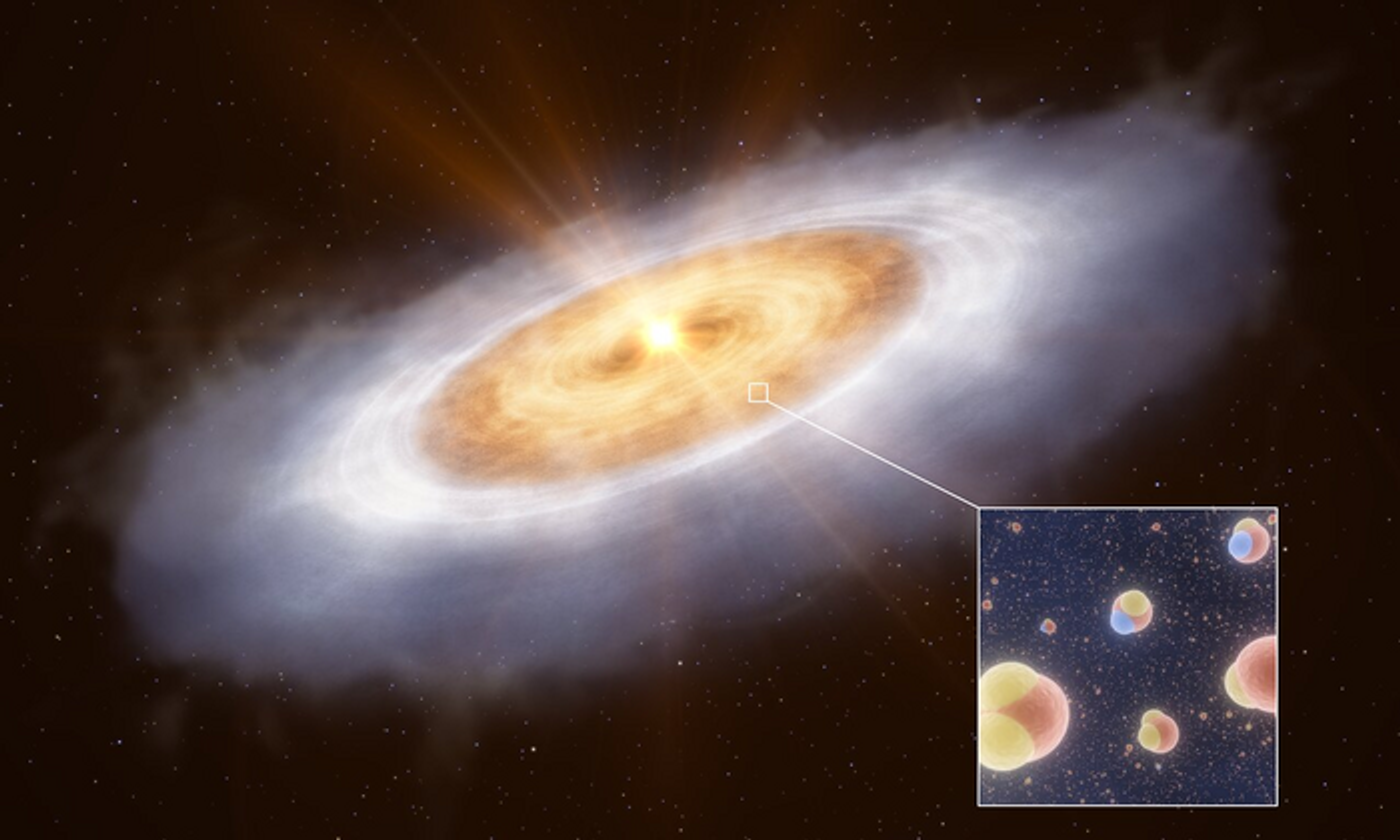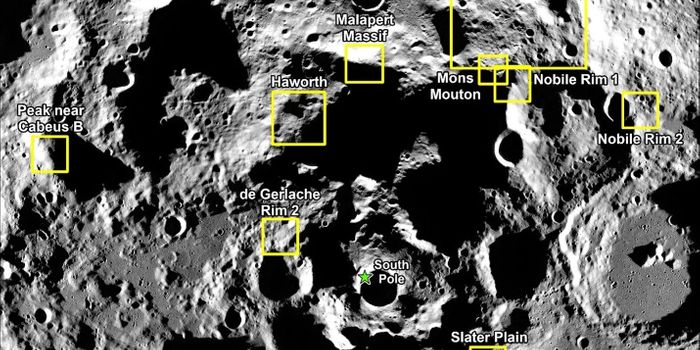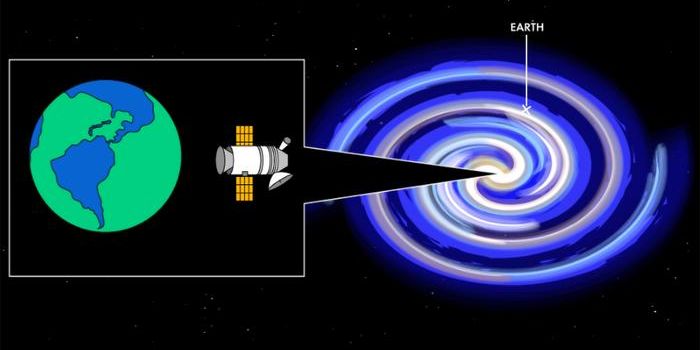Solving the Mystery of Water in our Solar System
An international team of researchers led by the National Radio Astronomy Observatory (NRAO) used the Atacama Large Millimeter/submillimeter Array (ALMA), which is partnered with the European Southern Observatory (ESO), to identify gaseous water within the planet-forming disc encircling the star V883 Orionis, which is located approximately 1,300 light-years from Earth.
Artist’s illustraion of the the planet-forming disc encircling the star V883 Orionis. Inset image shows the two kinds of water molecules examined within this disc: normal water, with one oxygen atom and two hydrogen atoms, and a heavier version where one hydrogen atom is replaced with deuterium, a heavy isotope of hydrogen. (Credit: European Southern Observatory/L. Calçada)
This finding is significant since this gaseous water harbors a chemical signature that helps corroborate how water makes it way from the disc to the planets it eventually creates, thus supporting a longstanding hypothesis that water on Earth predates our Sun.
“We can now trace the origins of water in our Solar System to before the formation of the Sun,” said Dr. John J. Tobin, who is an associate scientist at NRAO, and lead author of the study.
Stars and planets are formed from a cloud of gas and dust that collapses over time from gravity, eventually forming a star in the middle which is encircled by a rotating disc of material. Over a few million years, material within the disc accretes, or clumps together, to form the asteroids, comets, and planets that exist in our solar system today.
Water is traditionally comprised of one oxygen atom and two hydrogen atoms, known as simple water, but the researchers chose to examine a heavier version of water that is comprised of one oxygen atom, one hydrogen atom, and one deuterium atom, as deuterium is a heavy isotope of hydrogen, and has replaced one of the normal hydrogen atoms. Since both types of water are created under distinct conditions, their ratio can help trace its origins. In the case of our own solar system, their ratio has demonstrated water within comets mirrors water on Earth, which suggests our planet’s water origins.
While astronomers have previously observed how water gets from the gas clouds to young stars and equally from comets to planets, there has always been a missing link explaining how water goes from young stars to comets, until now.
“V883 Orionis is the missing link in this case,” explains Dr. Tobin. “The composition of the water in the disc is very similar to that of comets in our own Solar System. This is confirmation of the idea that the water in planetary systems formed billions of years ago, before the Sun, in interstellar space, and has been inherited by both comets and Earth, relatively unchanged.”
Using the sensitive instruments on ALMA, the researchers were able to discern that the water within the disc of V883 Orionis surpasses Earth’s oceans at least 1200 times over.
Going forward, the team plans to use ESO’s forthcoming Extremely Large Telescope and its first-generation instrument METIS, the latter of which will be able to use its mid-infrared capabilities to strengthen our understanding of the connection between the water’s path starting in the gas cloud and all the way to the end result, a solar system.
Sources: Nature, European Southern Observatory
As always, keep doing science & keep looking up!









